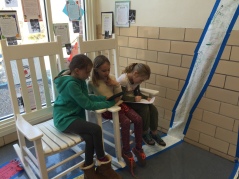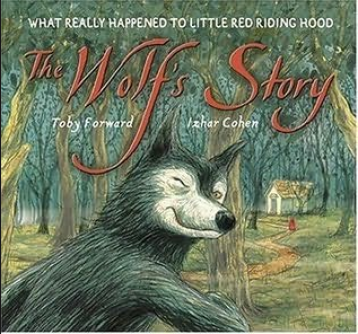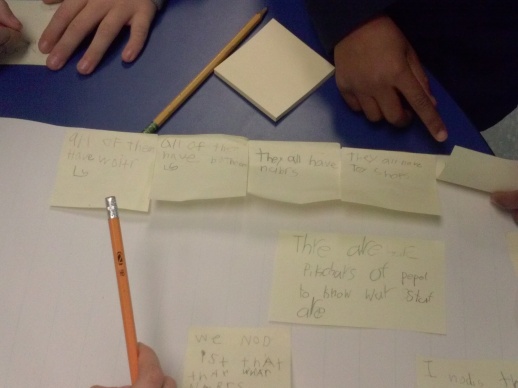We have been Mystery Skyping at Robinson for a while now. It’s such a great opportunity for kids to learn more about their world, themselves, geography topics, asking good questions, and just have a lot of fun with something new.
In the past, the introduction and explanation was always done in person and honestly, I probably did too much talking. Probably kids were confused and maybe unsure about what they were getting into. They were excited, of course, but since it was a completely new thing, they probably had a hard time envisioning exactly what I wanted them to do. First graders have always done a great job–eventually–once we got the hang of it, but there was usually a pretty big learning curve.
Then, this year, as Ms. Turken and I were beginning to put together our first Mystery Skype plans, she had a SUPER idea of introducing kiddos to maps and Mystery Skyping in a completely different way.
Rather than talk, talk, talk (which I seem to do too often!?), she started with a screencast explaining what we wanted kiddos to notice and note about maps in general. The video was available to kiddos as a morning work job, and then we had some explicit teaching in small groups later on in the day, and they were able to watch the video again. This time they also had a job related to it, and some guidance from Ms. Turken or I with an actual map in front of them. Check out the first screencast she made here:
It was so great to watch how quickly kiddos seemed to pick this up (partly because of the video, but also because we had done some work previously with directions and maps in science). Just having the visual that they could visit and revisit if necessary was an important support that we haven’t had in past experiences.
The second day of our Skype preparation involved the next steps of the process, focused on what to ask our new friends to help us narrow down where they are in the world. Again, there was a screencast that we shared with kiddos, allowing them to watch and review as necessary.
We did small groups again, with a mock mystery Skype that we practiced as kiddos tried to guess the state that the teacher had chosen. Even after just these two days of practice, kiddos seemed ready to do the real thing.
The next day was our “real” Skype, and we did a SUPER job of finding out that our new friends lived in a very tricky northeastern state–Vermont. Because of our focused and intentional work, they got it right in just 4 questions! Thanks, Mrs. LaRose’s 2nd grade for playing with us!!

Kiddos were SO EXCITED!! Such a proud day in first grade and we’re looking forward to our next opportunity! Do YOU want to Mystery Skype with us?? Leave a comment and we’ll contact you, or contact me on Twitter (@jenbearden) and we can set it up!


































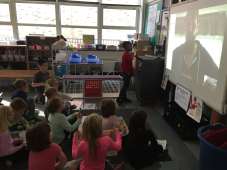










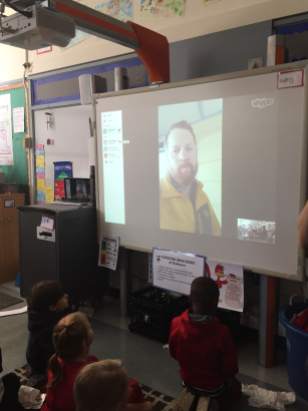














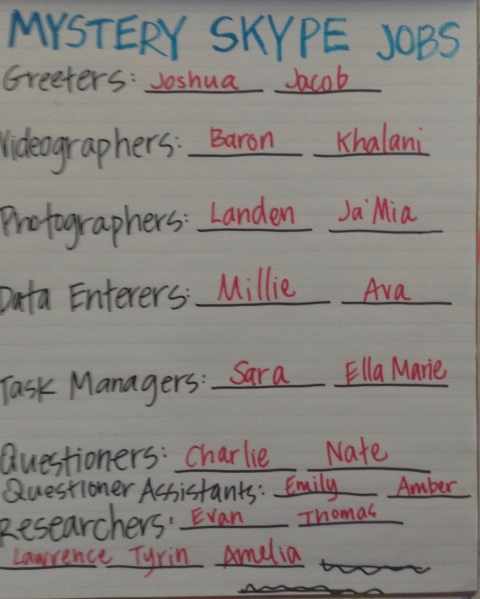










 LRRH_culture
LRRH_culture


















